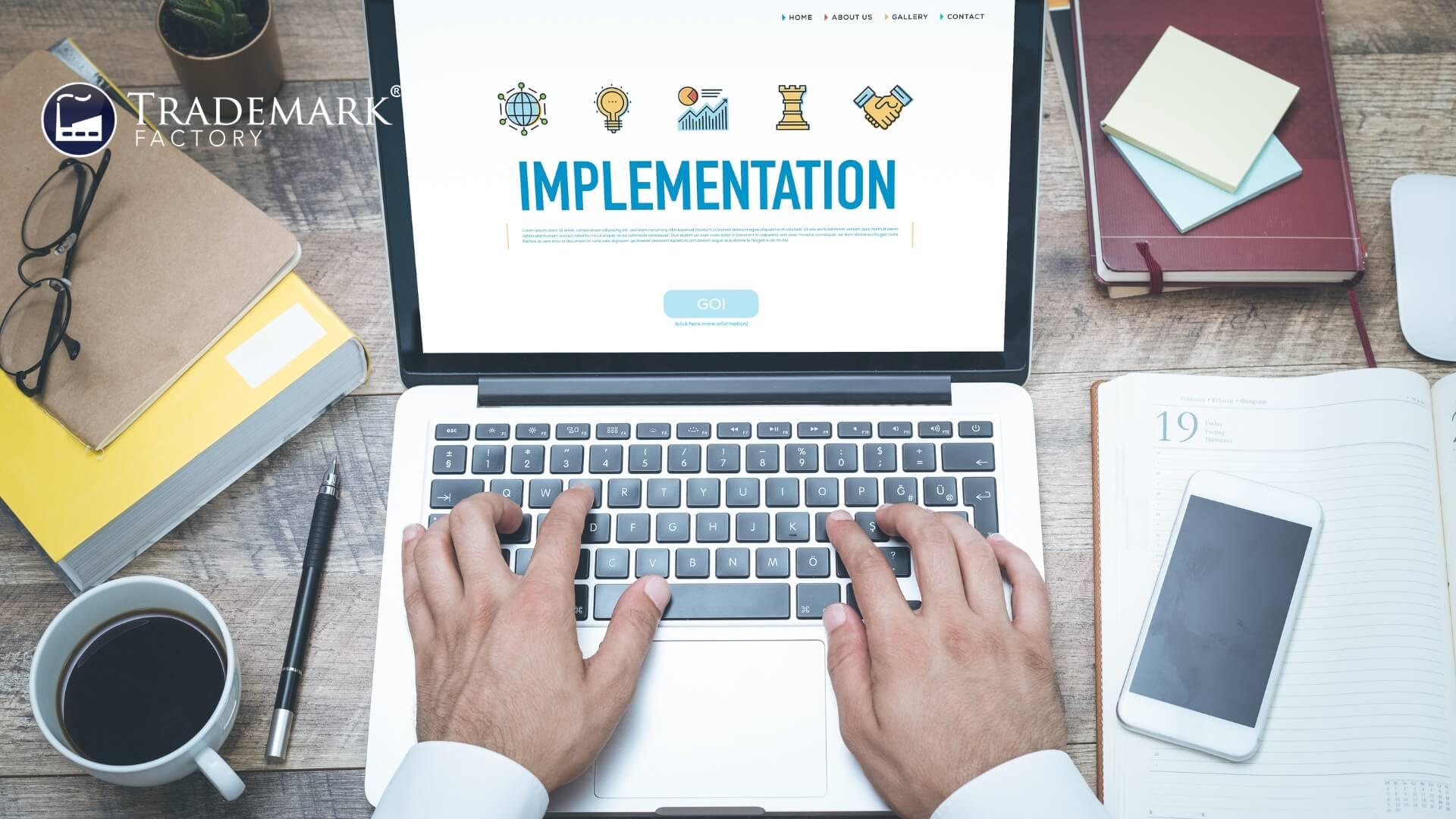Building and Maintaining a Successful Trademark Portfolio

The importance of a robust and strategic approach to trademark portfolio management cannot be overstated. This article explores critical strategies for constructing and maintaining successful trademark portfolios, including regular audits, prioritization of high-value trademarks, deadline tracking, systematized database usage, infringement monitoring, enforcement guidelines development, legal coordination and budgeting considerations. It offers valuable insights for those seeking to enhance brand protection and consistency within the dynamic global business environment.
Developing a Trademark Portfolio Management Strategy

The development of a trademark portfolio management strategy is fundamental in achieving brand protection, expansion, and enforcement. Through strategic alignment with business goals, this approach facilitates trademark portfolio optimization and expansion. It also enables an effective risk assessment process, maintenance initiatives, and performance evaluation. The ensuing discourse will delve into the imperative aspect of conducting regular trademark portfolio audits.
Conducting Regular Trademark Portfolio Audits

Conducting regular audits is crucial for identifying potential vulnerabilities and ensuring the health of one's assets. Through conducting portfolio audits, evaluating trademark assets becomes a systematic process, enabling adjustment of the portfolio as needed. This ensures trademark portfolio health and effectiveness. The subsequent section delves into the nuances of pinpointing and placing a premium on prioritizing high-value trademarks within the portfolio.
Identifying and Prioritizing High-Value Trademarks in the Portfolio

Identification and prioritization of high-value assets within a brand's collection necessitates an understanding of trademark valuation principles and strategic importance. This involves:
1. Evaluating brand equity and revenue contribution,
2. Assessing risk associated with each trademark,
3. Optimizing portfolio management through effective resource allocation,
4. Maximizing value through strategic decision making.
This process sets the stage for diligent tracking and monitoring of trademark renewals, ensuring timely maintenance deadlines to safeguard these valuable assets.
Tracking and Monitoring Trademark Renewals and Maintenance Deadlines

Vigilant oversight of renewal and maintenance deadlines ensures the preservation of valuable assets within a brand's collection, thereby preventing inadvertent lapses in protection. Automated renewal reminders and software for trademark renewal tracking are best practices for deadline management. Outsourcing renewal tracking can mitigate consequences of missed renewals. The importance of these measures will be further emphasized when discussing the implementation of a centralized trademark database and management system.
Implementing a Centralized Trademark Database and Management System

Implementation of a centralized database and management system serves as an effective strategy for organizing, tracking, and facilitating collaboration in the realm of intellectual property rights. Centralized database benefits include:
1. Effective data organization
2. Enhanced collaboration
3. Improved trademark portfolio management strategy
4. Simplified trademark maintenance deadlines tracking
This approach paves the way for managing complex situations such as trademark oppositions and cancellations efficiently.
Managing Trademark Oppositions and Cancellations

Efficient management of oppositions and cancellations often constitutes a critical aspect in safeguarding intellectual property rights. Effectively responding to objections, opposing post-registrations trademark requirements, or handling cancellation proceedings requires the implementation of proactive defense strategies. This may involve settlement negotiations as an alternative to litigation. The subsequent section will delve into the significance of conducting trademark clearance searches and vigilantly monitoring for potential infringements.
Conducting Trademark Clearance Searches and Monitoring for Potential Infringements

Having explored managing oppositions and cancellations, attention now turns to conducting trademark clearance searches and monitoring potential infringements. This involves:
1. Utilizing meticulous search techniques.
2. Instituting robust conflict resolution strategies.
3. Engaging in global trademarking practices.
4. Preparing for possible infringement remedies and trademark litigation.
These measures collectively build a resilient portfolio. The discussion will next consider the significance of developing enforceable trademark usage guidelines to ensure brand consistency across platforms.
Developing and Enforcing Trademark Usage Guidelines for Brand Consistency

Development and enforcement of usage guidelines play a pivotal role in maintaining brand consistency. Through developing effective communication strategies, stakeholders can be engaged to monitor trademark usage, thereby ensuring brand consistency. Enforcing guidelines becomes paramount for preserving the intellectual property's integrity. The ensuing focus will shift towards coordinating with legal counsel for trademark to ensure the robust management and enforcement of the trademark portfolio.
Coordinating with Legal Counsel for Trademark Portfolio Management and Enforcement

Moving from usage guidelines, the focus now shifts to coordination with legal counsel. This is crucial in managing trademark portfolios and addressing enforcement challenges. Legal partnerships assist in:
1. Infringement litigation support,
2. Overseeing international registrations,
3. Guiding portfolio expansion,
4. Handling trademark litigation intricacies.
Such collaboration ensures robust legal protection for brand trademarks. The subsequent section elucidates on budgeting considerations essential for this comprehensive trademark portfolio management approach.
Budgeting and Forecasting for Trademark Portfolio Management Expenses

In analyzing the complexities of trademark portfolio management, understanding financial planning and expense forecasting is indispensable. This discussion will delve into these critical aspects, offering a comprehensive resource for navigating budgeting strategies related to renewals, audits, and requisite legal support. Furthermore, an exploration of how strategic allocation of resources contributes to efficient portfolio management underscores its significance in this realm.
Navigating Trademark Portfolio Management: A Comprehensive Resource
Navigating Trademark Portfolio Management: A Comprehensive Resource provides a detailed guide to successfully managing trademark assets. It encompasses:
1. Formulating an effective trademark portfolio strategy.
2. Conducting thorough trademark portfolio audits.
3. Implementing meticulous trademark renewal tracking systems.
4. Centralizing information in a comprehensive trademark database.
Utilizing these strategies ensures robust trademark enforcement, fostering an environment where every stakeholder feels integral to the brand's success.
Frequently Asked Questions

What Are Some Common Mistakes Companies Make When Building a Trademark Portfolio?
Common mistakes in trademark portfolio construction include insufficient portfolio diversification, overlooking potential trademark infringement, inadequate portfolio evaluation, underestimating renewal challenges, and failing to anticipate possible trademark litigation scenarios.
How Does a Trademark Portfolio Affect a Company's Brand Image and Reputation?
A robust trademark portfolio bolsters a company's brand image and reputation through enhanced trademark protection, facilitating portfolio expansion. It aids in brand differentiation, portfolio monetization and mitigates risks associated with trademark infringement.
Can a Company's Trademark Portfolio Be Used as a Strategic Asset in Business Negotiations or Acquisitions?
Indeed, a company's trademark portfolio can serve as a strategic asset in business negotiations and acquisitions. Portfolio valuation and diversification, trademark licensing, and acquisition strategies contribute to creating competitive advantage.
How Does the Process of International Trademark Registration Affect the Management of a Trademark Portfolio?
International trademark registration influences portfolio management through diversification and expansion, posing registration challenges due to varying legislation. It necessitates vigilant trademark monitoring to ensure compliance with international laws and protection of intellectual property rights globally.
What Kind of Training or Qualifications Are Required for Professionals Managing a Trademark Portfolio?
Qualifications for managing a trademark portfolio necessitate proficiency in portfolio optimization, risk management, and understanding of trademark legislation. Additionally, adherence to professional ethics and commitment to continuing education are integral for sustained success in this role.
Conclusion

In conclusion, strategic trademark portfolio management is instrumental in safeguarding brand identity and value. Regular audits, prioritization of high-value trademarks, diligent tracking of renewals, and a centralized database system are all proven strategies for effective management. Conducting clearance searches and monitoring infringements also play a critical role. Additionally, developing strict usage guidelines and coordinating with legal counsel ensure consistent brand representation while budget forecasting aids in resource allocation. Through these methods, one can establish a successful trademark portfolio.
Subscribe to Trademark Wednesdays, our weekly newsletter where we'll send fun and informative trademarking topics straight to your inbox.




